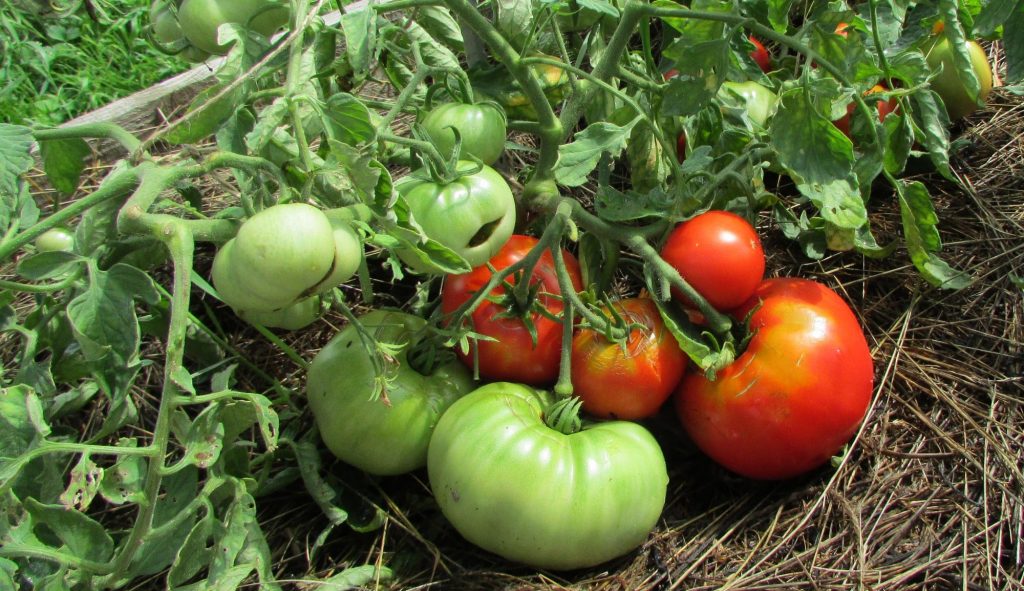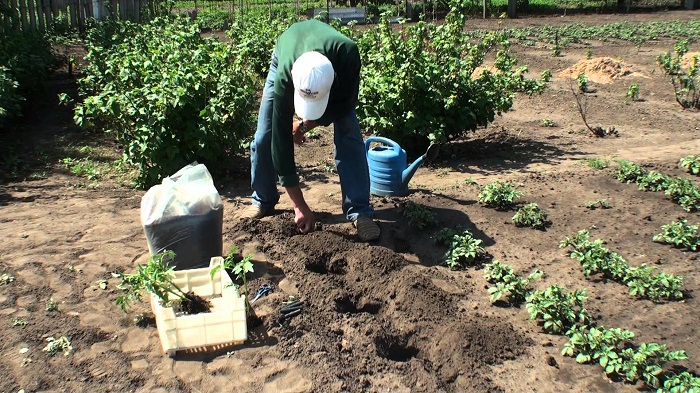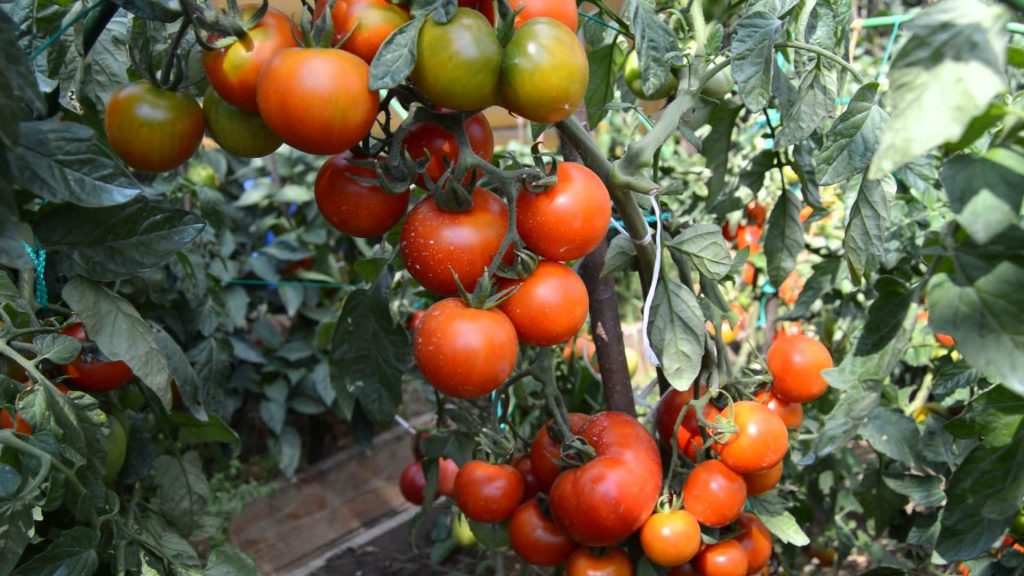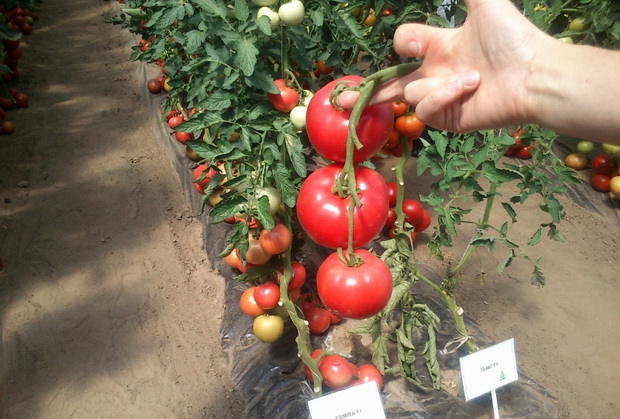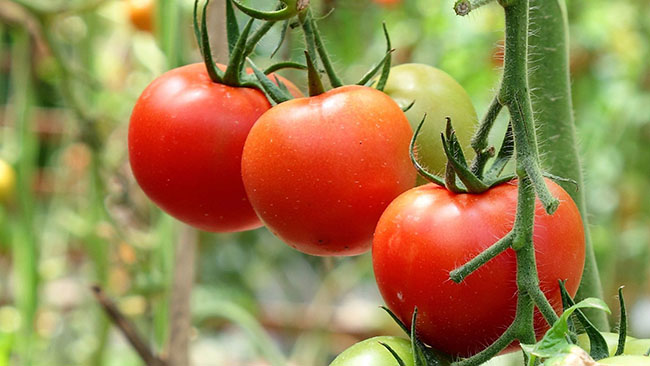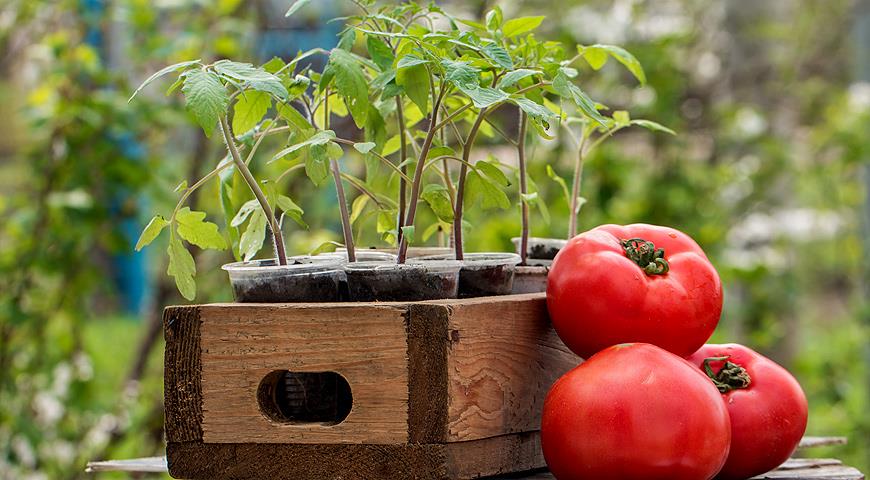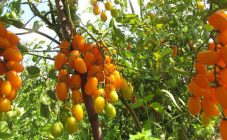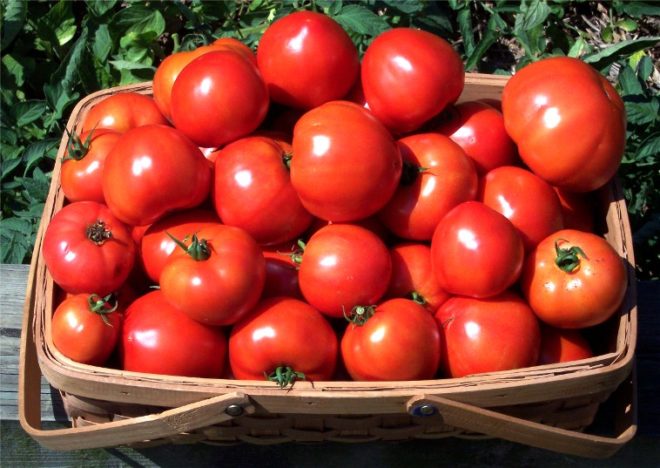Content:
Among the numerous varieties of tomatoes, the Mongolian dwarf stands out for its versatility. At the same time, it can be attributed to the category of "mysterious" varieties of domestic selection. The latter is due to the fact that the history of its development for many remains a mystery, it is only known that in the State Register it is registered under this name by Siberian breeders. Scientists have speculated that this variety is amateur. It was tested in the regions of Siberia and proved its survival rate in these lands.
So, the Mongolian dwarf tomato is a versatile hybrid variety intended for growing in regions with a short cool summer.
Description and main characteristics
Mongolian dwarf tomatoes are not very popular. It can even be noted that this hybrid is famous only among professional gardeners who grow various varieties of tomatoes for experimental purposes. Meanwhile, seed producers are promoting little-known hybrid tomatoes. It would be unfair to say that the latter is pursuing purely commercial goals.
The example of the dwarf tomato can explain the practical goals of such a popularization. So, dwarf ones, by definition, are less whimsical to growing conditions, not demanding in care, while they are quite productive. These qualities are relevant in a changing climate. Thus, even in the relatively warm regions of Moscow or the central zone of Russia, in recent years, there has been a decrease in the yield of varieties that were previously successfully grown here. Due to this feature, gardeners began to switch to varieties of Siberian selection, such as the tomato Miracle dwarf, the description of the variety is in many ways similar to the hybrid in question.
So, let's turn to the main botanical characteristics of the hybrid:
- Early ripening - the fruits reach technical maturity from the moment they are planted in the ground by the beginning of July;
- Super determinate - suitable for growing in soil and in a greenhouse;
- Stunted - up to 30 cm in height;
- Almost all undersized varieties are early maturing. Many botanists prefer to describe them as early maturing. Among them are such hybrids as the Chinese dwarf tomato.
Botanical description of the Dwarf
This variety of tomato conditionally refers to the bush species. After planting seedlings in the ground, the bush forms not one, but 4-5 stems, while reaching a height of 20-25 cm, they begin to curl up, as if bending to the ground. The latter prevents winds and heavy fruits from breaking the stems. In addition, the short stature allows dwarf varieties to survive even on not very fertile soils. A similar description has a tomato variety Lilliput.
The stem of the Mongolian dwarf is solid, strong, almost tree-like, which can be noted for its varietal peculiarity. Several of these stems, adjacent to the ground, form a kind of rosette, the diameter of which reaches 100 cm. The yield is up to 10 kg per bush, which makes it similar to the Kunaleisky tomato variety.
The leaves are narrow, slightly elongated, pubescent on both sides, light green. Despite the branchiness of the hybrid, its foliage can hardly be called abundant. Experts note that a small number of leaves on a tomato bush has a positive effect on the quality of the crop, since the plant directs all the nutrients and trace elements to ripen the fruit.Lilliput tomato is similar to this hybrid in terms of characteristics and description of the variety.
Fruit characteristics
Fruits - medium-sized Mongolian dwarf tomatoes, flat-rounded, slightly ribbed, bright red in color.
The flesh of the fruit is firm, sugary, slightly granular. The taste is sweet and sour, slightly spicy. The fruits have a pronounced tomato flavor.
The mass of a tomato reaches 200 grams. The largest fruits form on the main stems.
The variety is positioned as an exclusively horticultural crop; it is almost never grown on an industrial scale. This category includes Chinese dwarf tomatoes.
The rind is dense, resistant to cracking, with a slight glossy shine. Thanks to this feature, the fruits easily tolerate transportation and long-term storage.
In cooking, tomatoes are recommended for salads, making sauces, add a spicy taste to hot meat dishes, vegetable stews. Smaller fruits are suitable for preservation; they are also used to prepare sauces, ketchups and juices. Kunaleyskie tomatoes have a similar varietal characteristic.
Features of the Mongolian dwarf
Knowledge of the characteristics of the variety, along with its key characteristics, allows you to achieve a high and high-quality yield. So, the key feature of dwarf varieties is not just the absence of the need for pinching, but a categorical prohibition on this procedure. The latter can significantly reduce its yield, since the fruits are formed precisely on the stepsons.
Another mistake gardeners make is that dwarf varieties tend to plant more densely. Meanwhile, they form a rather wide rosette in diameter, which reduces the level of fruiting. The bushes simply interfere with each other's growth.
Creeping varieties of dwarf tomatoes require mandatory mulching of plantings. Based on this characteristic, frequent watering of these varieties is not recommended, as this can lead to rotting of the stems.
Dense stems, based on the manufacturer's description, are able to withstand the mass of fruits and the force of the winds, which means there is no need to tie them to the support. According to experts, this feature is a delusion. Support even for dwarf varieties is necessary, it is exposed in the center of the outlet, and all the stems are tied to it. The latter is necessary in order to carry out mulching, and frequent rains or excessive watering did not lead to rotting of the stems and fruits.
Agrotechnics
Planting seeds
Growing traditionally begins with planting seedlings. But, unlike many other varieties, the Dwarf is planted no earlier than March 20 and no later than April 5. Before planting, the seeds are kept in a 5% saline solution. This manipulation will allow you to select the same seeds. The latter is necessary to obtain friendly shoots and fruiting. Then process the seeds in a manganese solution, holding for no more than half an hour.
Plant the seeds in separate pots, 150-250 mg each. The soil is prepared from turf and humus. Before planting, the soil is calcined or treated with boiling water.
The seeds are deepened by 1.5 cm, the soil is sprayed and placed under glass or film.
Landing in the ground
Before planting tomatoes, the beds are dug up, about a week before planting, loosened and watered with a weak solution of slaked lime. The latter is necessary for disinfecting the earth; you can also use special compounds.
Seedlings are planted after the threat of frost has passed, after June 15-20.
The landing is carried out according to the scheme 80-80-80. You can leave up to 1 meter between the rows. An adult plant creeps along the ground. For the same reason, it makes sense to carry out mulching with straw.
When planting, superphosphates mixed with humus are introduced into each well. The composition is prepared in the proportion: 10 gr. superphosphate 150 gr. humus per hole. 10 grams is two teaspoons.
Having planted seedlings, they must be watered - 500 ml of water per bush. No watering is required for the first week.
Watering in the future should be when the top layer dries and must be accompanied by loosening.
Top dressing
After the first two weeks of growth, the first feeding is applied. It is prepared from wood ash and freshly cut grass, infused with water. For 1 liter of water, about a pound of grass and 300 grams of ash. When watering, the infusion is diluted with water at the rate of 200 grams per 10 liters.
The next top dressing is applied during flowering and fruiting. During flowering, it can be sprayed with the preparation "Ovary", and when fruits ripen with potash fertilizers. Superphosphate can be reintroduced.
Before harvesting, it is necessary to reduce the number of waterings, then the tomatoes will be stored longer.
Advantages and disadvantages of a hybrid
The description of the Mongolian dwarf variety will be incomplete if its main advantages and disadvantages are not highlighted.
Among the advantages are the following:
- The short stature of the bush protects it from breaking the stems;
- No pinching or garter required;
- Plant resistance to temperature extremes;
- Long and friendly fruiting;
- Resistance to late blight and other diseases.
Also, among the advantages, early fruiting is distinguished. The first fruits, even in the zone of risky farming, can be tasted already at the beginning of June. Tomatoes blush in unison on the bush. It is worth noting that early ripening varieties are often sour in taste, but this is not at all typical for the Dwarf. Also, early ripening varieties do not have time to form the aroma characteristic of tomatoes during ripening. This feature was not noted in the hybrid.
The Mongolian dwarf is not afraid of drought. At the same time, there is no loss of yield. Yields peak in mid-August.
Another notable feature of this hybrid is that in the southern regions with warm and early summer, seedless methods of growing it are used. At the beginning of April, the seeds are immediately sown in the ground, which allows you to get fruits already at the end of May.
The disadvantages of the variety are few, but it would be unfair not to say about them:
- Seeds of this variety are not easy to obtain. They enter the mass market in limited quantities and are present in the range of a few manufacturers;
- Agricultural technology has its own difficulties, so in regions with a cold climate, seeds should be sown for seedlings in February, since they sprout for a long time, but their further development is very rapid, and if the spring is protracted, then the seedlings have time to stretch;
- The Mongolian dwarf does not tolerate acidic soils and swampy areas; very hot and rainy summers are also not suitable for this variety.
Concluding the description of the variety, it should be noted that its classification as an amateur hybrid is far from arbitrary. The hybrid has not been studied and tested in different regions. Today it is offered on the market as an experimental one, which means that choosing it as the main one for the garden is extremely risky. But for the sake of experiment and for the collection, it makes sense to try.
